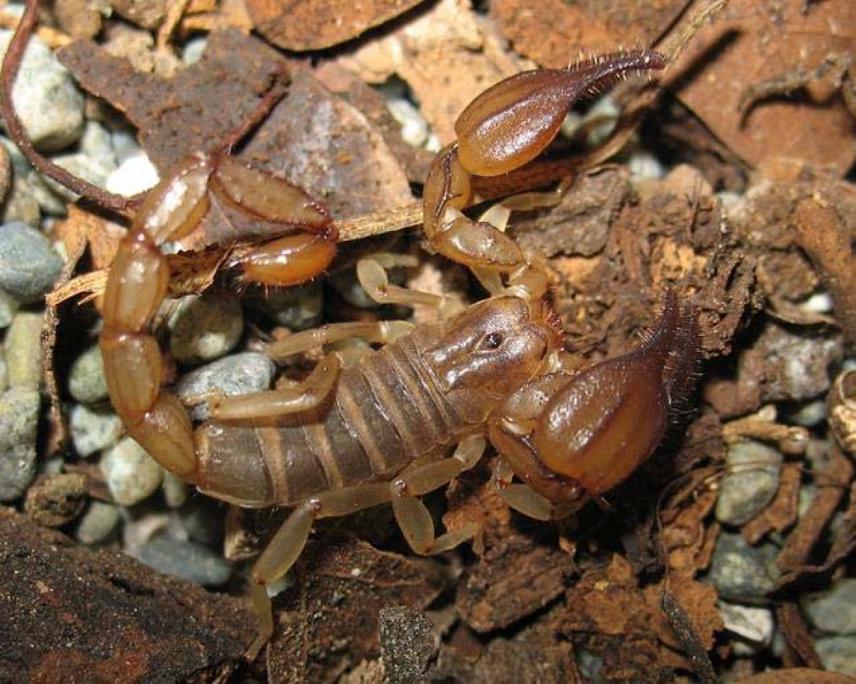Tomás Michel Rodríguez Cabrera
Other projects
31 Mar 2016
Ecology and Conservation of the Endemic Scorpion Genus Tityopsis in Native Forests of Western Cuba (II)
This project aims to assess the ecology and conservation status of endemic scorpions and their habitats in western Cuba and to evaluate them as indicator of ecosystem health.

© Rolando Terul.
Basic ecological knowledge is crucial for biodiversity conservation. The Caribbean Islands are among the leading Biodiversity Hotspots on the planet, and Cuba stands out for its species richness and high endemism. This island and its adjacent keys are considered the most important region in the world in terms of scorpion diversity (55 species, 91% endemic) relative to land surface (1 species/2017 km2), and still new taxa are being discovered: between 2012 and 2013 a new genus and two new species were described to the science. Most of these scorpions are habitat-specific invertebrates restricted to very particular landscapes and vegetation types. Such is the case of the endemic genus Tityopsis, comprising only two recognized species distributed in the western region of this archipelago, and restricted to wooden situations with relatively low levels of human disturbance. Since the description of the last species in 1974, no further evaluation on the taxonomic status of this genus has been achieved. However, recent observations suggest that it could comprises a complex of at least five different species, most of them with very small distribution areas sensitive to serious threats such as the habitat loss.
Additionally, empirical observations over more than seven decades suggests that these habitat-specific scorpions could satisfy several of the selection criteria used for considering one group as indicator taxa: e.g., small body size, specialized niche, limited mobility, easy to find and measure, etc.
This is a one year research/education project on the ecology and taxonomy of the forest-dwelling scorpion genus Tityopsis in western Cuba, starting in June 2009. The first aim of this project is to obtain updated information on the species diversity, distribution boundaries, and ecological requirements of the scorpion genus Tityopsis in western Cuba. This will allow the assessment of the conservation status of different species and an accurate evaluation of this group as indicator taxa. The second aim is to train technical staff of the most important protected areas into scorpions’ identification and the use of Tityopsis species as indicators of ecosystems health, and on the need of establishing conservation priorities. Also, we will make awareness-raising meetings with local community people and produce educative material such as posters, colour field guides and multimedia to be distributed in some schools and biological stations.